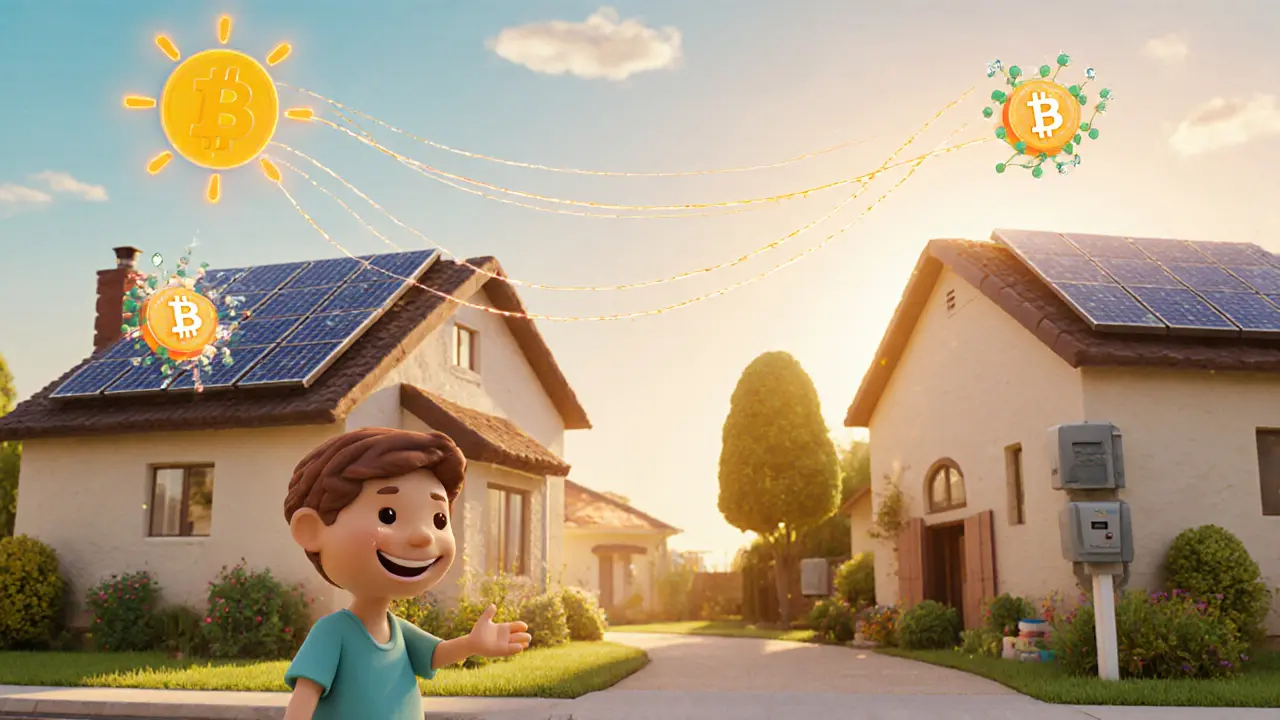Blockchain Grid Management: How Networks Stay Stable Under Pressure
When you think of blockchain, you probably picture transactions or smart contracts—but behind every smooth trade or instant swap is something quieter, more critical: blockchain grid management, the system that keeps thousands of independent computers working together without a central boss. Also known as distributed network coordination, it’s what stops a single bad actor from crashing the whole chain. Think of it like a power grid: if one transformer fails, the lights shouldn’t go out everywhere. That’s exactly what blockchain grid management does for crypto networks.
This isn’t magic. It’s built on Byzantine Fault Tolerance, a technical method that lets a network keep working even if up to one-third of its nodes are lying, hacked, or offline. BFT is the engine behind chains like Tendermint and Algorand, and it’s why some exchanges can confirm trades in seconds while others take minutes. Without it, networks like Bitcoin would be too slow, and DeFi platforms would collapse under even minor attacks. And it’s not just about speed—it’s about trust. If you’re holding tokens on a chain, you’re betting that its grid management won’t let bad data slip through.
Related to this are consensus mechanisms, the rules that decide which transactions get added and who gets to verify them. Proof of Work? That’s one kind. Proof of Stake? Another. But none of them matter if the grid behind them can’t handle failures. That’s why chains with strong grid management—like those using BFT—see fewer forks, faster finality, and less volatility in transaction confirmations. You don’t need to be a developer to care: if your wallet shows a transaction as confirmed, you’re relying on this invisible system to be flawless.
Real-world examples show how fragile this can be. When Angola shut down crypto mining to save electricity, it didn’t just stop machines—it disrupted the grid’s balance. When a chain like Levana Protocol loses nearly all its trading volume, its grid starts to wobble. And when a network like TRON cuts illicit activity by half through better coordination, it’s not because of new laws—it’s because its grid management got smarter.
What you’ll find below are real-world cases of what happens when blockchain grid management works—and when it doesn’t. From exchanges that rely on BFT to keep trades fast, to tokens that collapsed because their network couldn’t handle stress, these posts show the hidden infrastructure behind every crypto move you make. This isn’t theory. It’s the reason your trades go through, or why they don’t.
How Blockchain Enables Energy Markets
Blockchain enables peer-to-peer energy trading, transparent renewable certificates, and smart grid automation-cutting costs, boosting renewables, and giving consumers real control over their energy. This is the future of power.
